When Jordie Barrett touches down in Chicago this week to link up with the All Blacks as an apprentice on their end-of-year tour, he will do so as one of the most accomplished age-grade rugby players on the planet. Over the past six months, the nineteen-year-old has been the stand-out performer in a New Zealand U20 side whose fifth place finish in June belied its talent level, played a key role in Canterbury’s thirteenth National Provincial Championship (clocking the most NPC minutes of any U19-eligible player in the last five seasons) and signed his first Super Rugby contract with the Hurricanes. Exposure to the All Black environment over the coming weeks will accelerate his development both on and off the field, and with regular opportunities in Super Rugby early in 2017 he could begin to make a claim for a place in the playing squad sooner rather than later.
After starting at 12 for the Baby Blacks at the U20 World Championship, Barrett has made starts at 12, 13 and 15 for Canterbury in this season’s Mitre 10 Cup. He has shown promise in each position, but it is at second-five-eighth that he looks most comfortable and influential. From second receiver, he can call on the widest range of his skill-set to impact the game; as we will see below his footwork, running lines and range of passing are all potentially world-class, while his physicality – once he has filled out his 1.94m frame – will be most impactful in the 12 shirt.
Barrett’s footwork is perhaps the most impressive part of his carrying game:
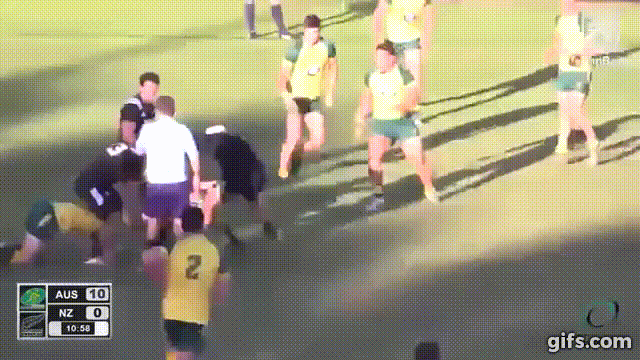
In this clip, he stands up Australia U20 fly-half Mack Mason before making an outside break; he shows the ability to accelerate through the gap after moving laterally, while his strength in the contact area and offload are an example of how his physical attributes could transfer to the senior game. In this season’s Mitre 10 Cup against Taranaki, he showed this same ability to break the line off set-piece ball with precise footwork and use quick acceleration to take the space:
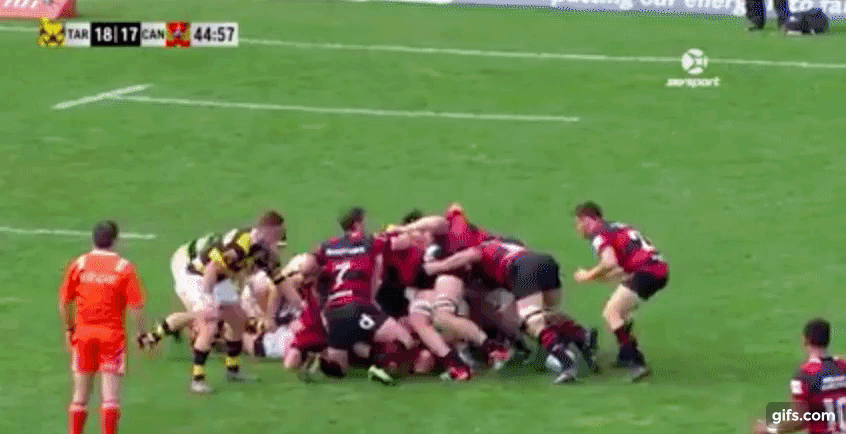
New Zealand’s opening try against Ireland in the U20 World Championship again showed his physical impact at that level, while his line of running is almost impossible for the defence to stop at the gain-line due to its depth and timing:
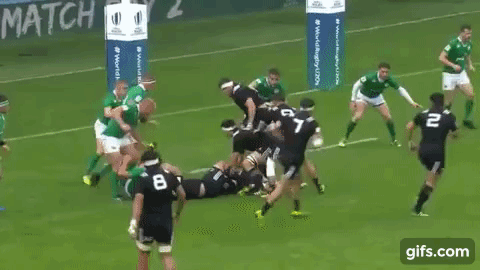
He shows clear awareness of how his movement impacts opposition defenders and can open up space. In the clip below he begins close to Ben Volavola, but before the ball is cleared takes steps to restore his depth and communicates this well to his first receiver; the Hawke’s Bay defender folding round the corner does not see Barrett until it is too late, and Volavola is able to send him under the posts:
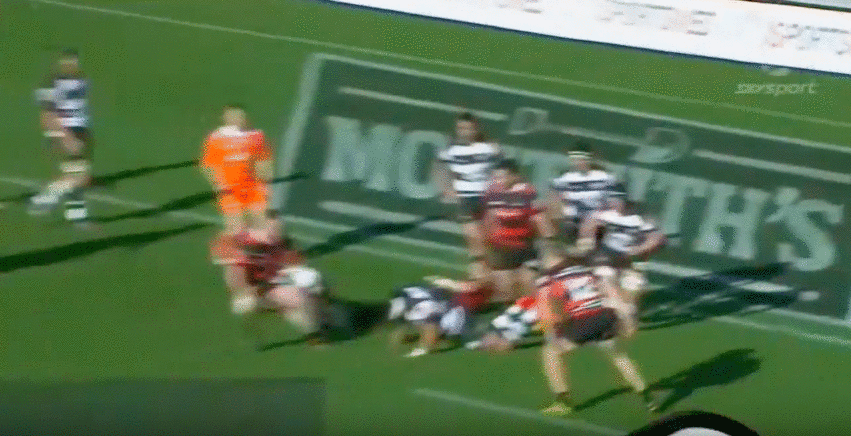
This try came in a start at full-back, and in this role throughout the season he showed the ability to operate in wider channels and link well with his interior support:
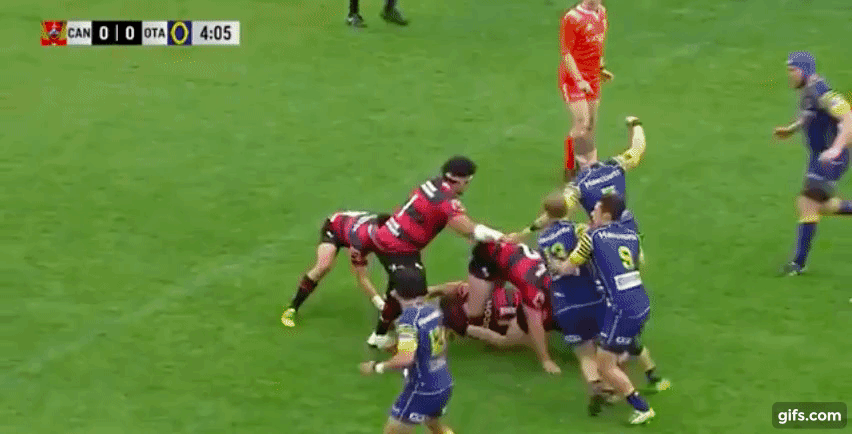
His willingness to involve himself at the breakdown at the end of this sequence is notable, but the technical execution of this pass on the run is sublime – the ball is threaded between three Otago defenders, and hits Ere Enari at shoulder height without requiring the scrum-half to break stride. While the miss pass is an attacking weapon which is often misused, the width and pace that Barrett can generate flat to the advantage line makes his extremely effective. He is able to cover a lot of distance with minimal elevation on the ball in the same manner as his brother Beauden, which makes it very difficult for defenders to drift and cut down the space:
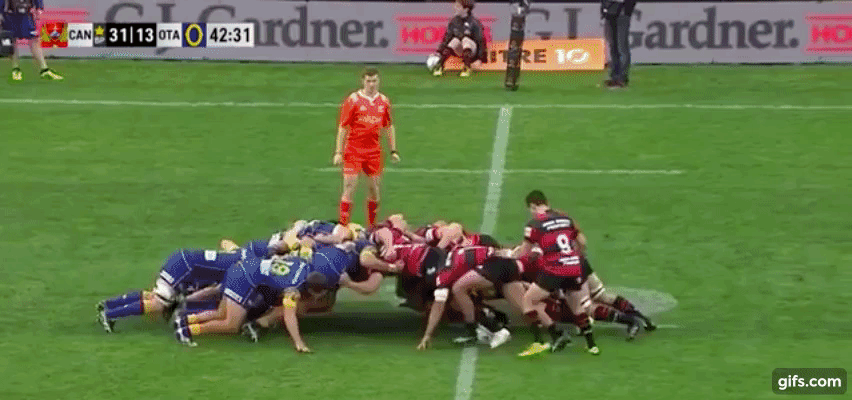
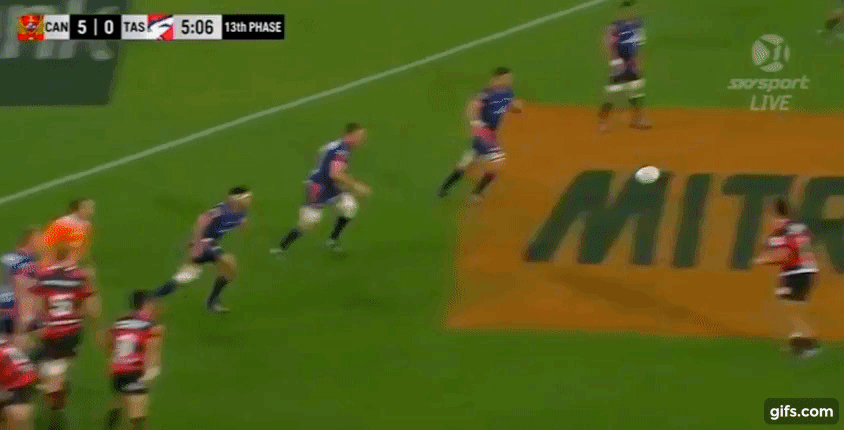
In addition to his distribution, second-five also provides the best platform for Barrett to use his kicking game. He kicked at goal for both New Zealand U20 and Canterbury this season, and at both 15 and 12 in the NPC showed the distance off his right foot that makes him a valuable asset out of hand. It is his use of his weaker foot, however, that would add the most value in the 12 shirt; he is not only able to generate good distance off his left, but also shows great touch and precision through his use of grubbers and attacking kicks when playing flat:
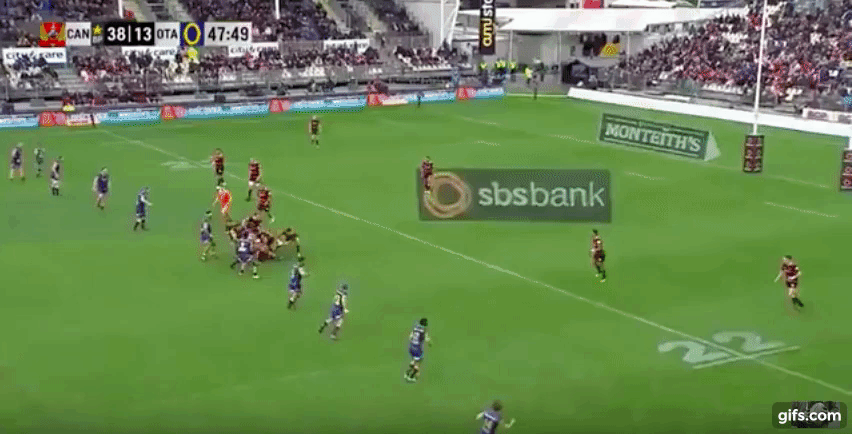
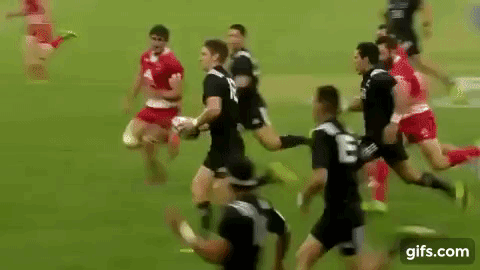
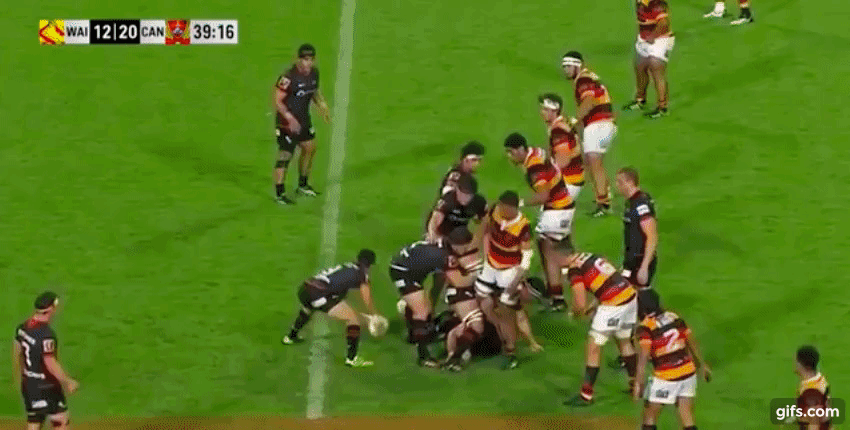
These clips show just how easy and natural it is for him to alternate between his left and right feet – this is a hallmark of this generation of Kiwi backs and likely a product of his sporting education on the family farm in coastal Taranaki, as Murray Kinsella noted in his piece with Jordie’s father Kevin.
On the other side of the ball, he shows all the tools to be a plus defender at inside centre. He covers ground well enough in the backfield to be a solid option at 15, but his angular frame already allows him to generate great force in the tackle; this will be a much more valuable asset at 12, particularly as he continues to fill out. In addition, a season at Canterbury has undoubtedly had a positive effect on the development of his tackle technique. Current All Blacks’ second-five Ryan Crotty is one of the most technically competent backline tacklers in world rugby, and in the sequence below Barrett shows the same precision and accuracy – identification of the ball-carrier, excellent lateral tracking and solid impact below the waist to bring the attacker to ground:
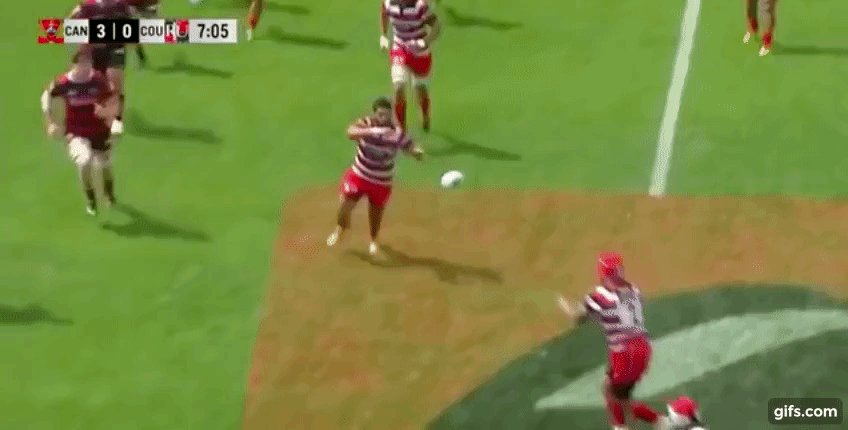
In short, Barrett has displayed rare ‘five-tool’ talent in his first year of top-level rugby, and it is clear that Steve Hansen and the All Blacks’ coaching team have identified him as a player to be fast-tracked into the international game. While Ardie Savea spent two seasons honing his craft in Super Rugby with the Hurricanes between his apprenticeship and his All Black debut this past June, Barrett is in a position to make the transition more quickly; next summer’s Lions tour will likely prove a year too soon for him, it would be unsurprising to see New Zealand start two Barrett brothers in their backline in 2018 and beyond.

4 thoughts on “Player analysis: Jordie Barrett”